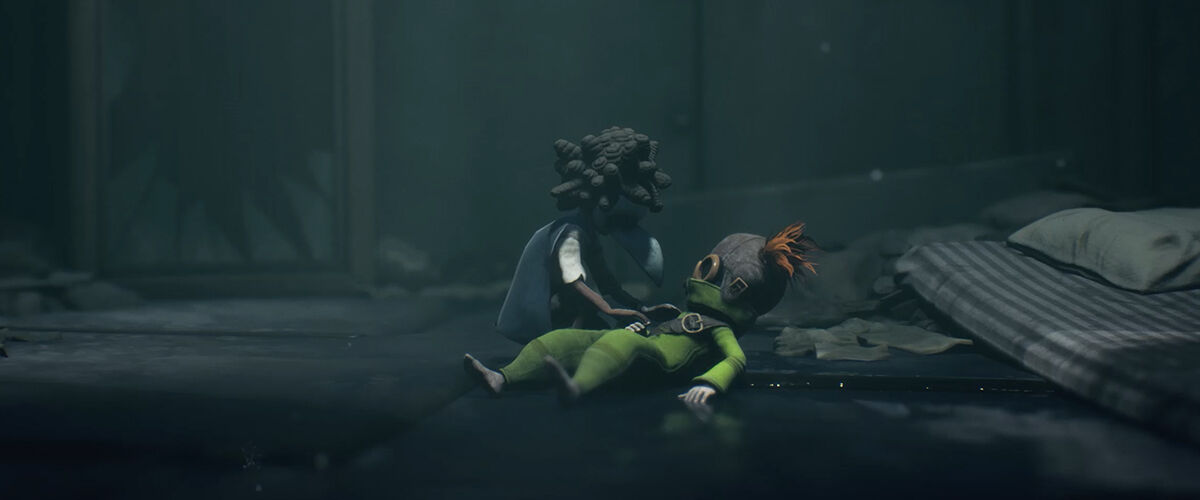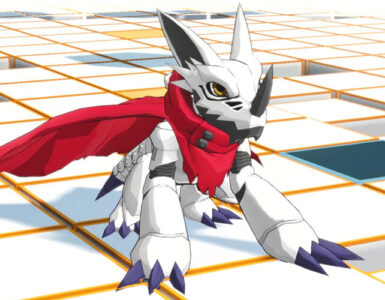A barefoot, raggedly dressed child walks across a dimly lit room with furniture clearly disproportionate to her size. Offscreen, loud thumps can be heard and shifting ever closer. She ducks into a corner, hoping the shadows will provide enough cover, as a towering figure barges its way into the room. The dim ceiling light slowly reveals its true monstrosity, a grotesque, barely-human abomination with creepy elongated limbs.
The child has only one choice here, keep out of sight, or perish.
Sound familiar? Situations like these are exactly what makes the Little Nightmares series so compelling. Initially developed by Tarsier Studios and published by Bandai Namco Entertainment, the puzzle-platforming horror adventure titles were well regarded for their intense atmosphere, creepy use of imagery and twisted monster designs. Little Nightmares III, the series’ upcoming instalment, aims to continue this tradition, all under the new leadership of developer Supermassive Games, the team behind 2015’s Until Dawn and 2022’s The Quarry.
Geek Culture was given the opportunity to get an early first look at the upcoming title via a hands-on preview session comprising of curated gameplay sections from two of the game’s six new locations. In addition, we also had the chance to speak with game producer Coralie Feniello about what to expect in the upcoming horror adventure.
Perhaps the biggest question on everyone’s minds was how the new development team went about adapting the Little Nightmares IP to fit their style, as the team is famously well-regarded for creating some of the most engaging narrative-driven, interactive drama games in recent memory. For Feniello, one of the most important factors to consider when taking on this project was staying true to the roots of the series.
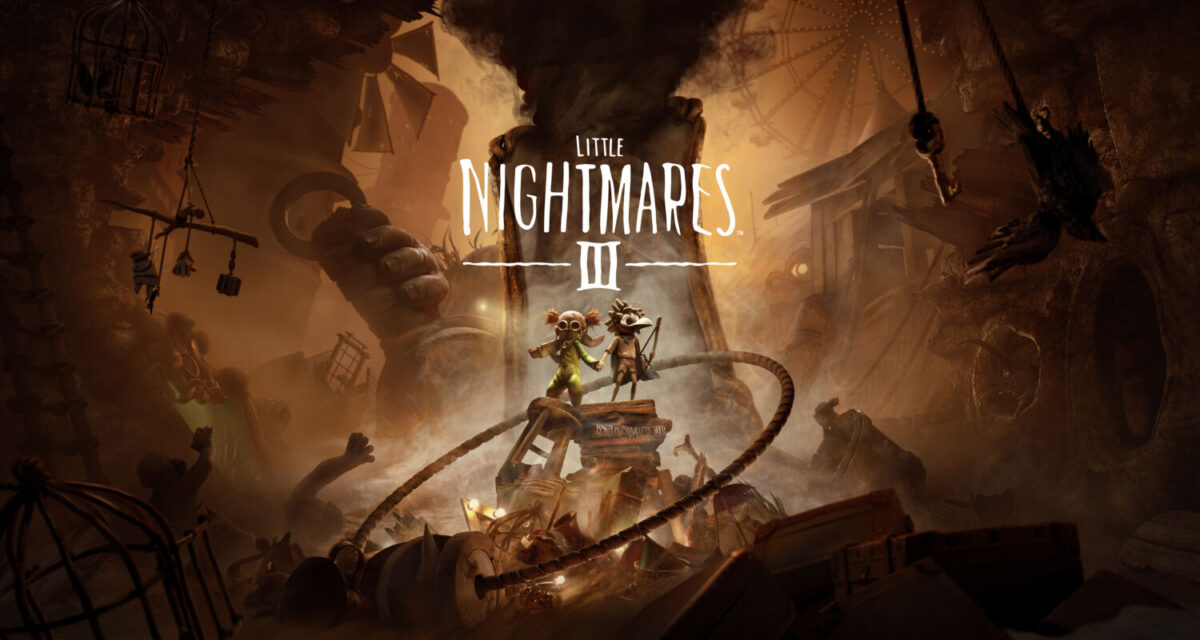
“Although we allowed the team to bring their own elements into the game, we ultimately worked very hard to keep the DNA of Little Nightmares in the game,” she explained.
From our brief experience playing through the demo sections, this statement certainly rings true, as everything players know and love about the series is still present, from its dark, almost survival-horror-like environments to the design of both the protagonists and the enemies encountered.
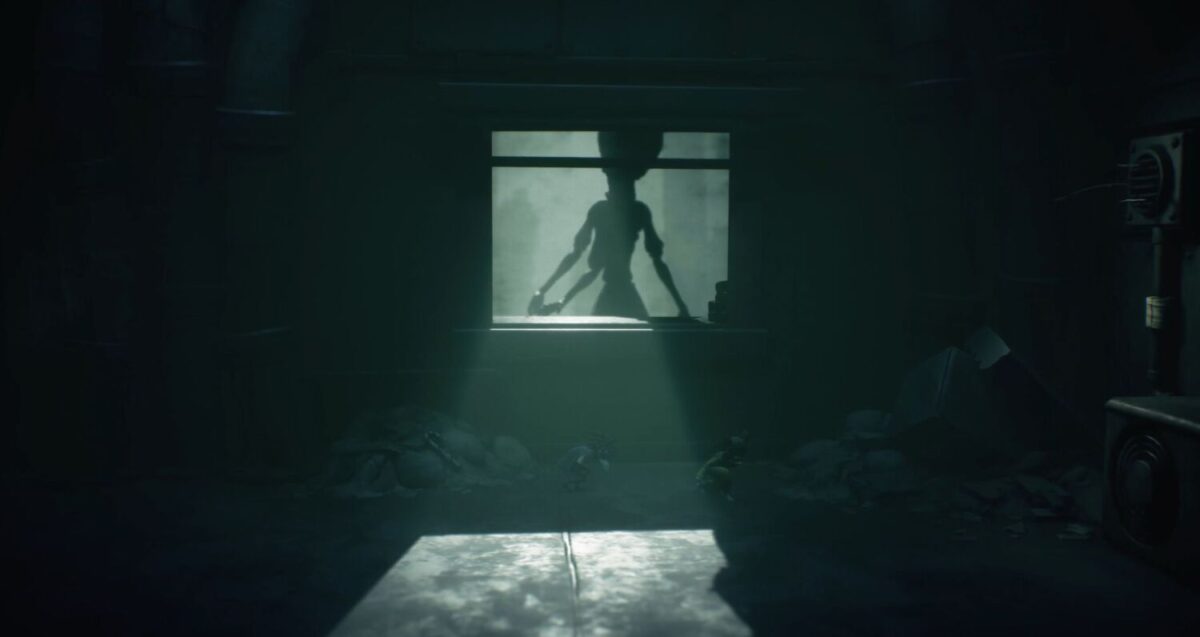
And encounter enemies we did. Right out of the gate, the game introduced its latest hulking adversary in the form of The Supervisor, an elderly woman sporting thick beehive-shaped grey hair and six elongated arms. Another new foe, dubbed Monster Baby, also makes a brief appearance, showing up right at the end of the demo section, deliberately staying out of view apart from occasionally reaching out with its massive hand in an effort to crush players.
General gameplay remains largely unchanged from prior titles, with players navigating a 2.5D world, and solving environmental puzzles along the way all while avoiding the gaze of various foes. The game’s biggest difference by far, and probably its biggest selling point, is the integration of online co-op, with players taking on the role of one of the two new protagonists, Low and Alone, experiencing their entire journey with either a friend or solo with AI.
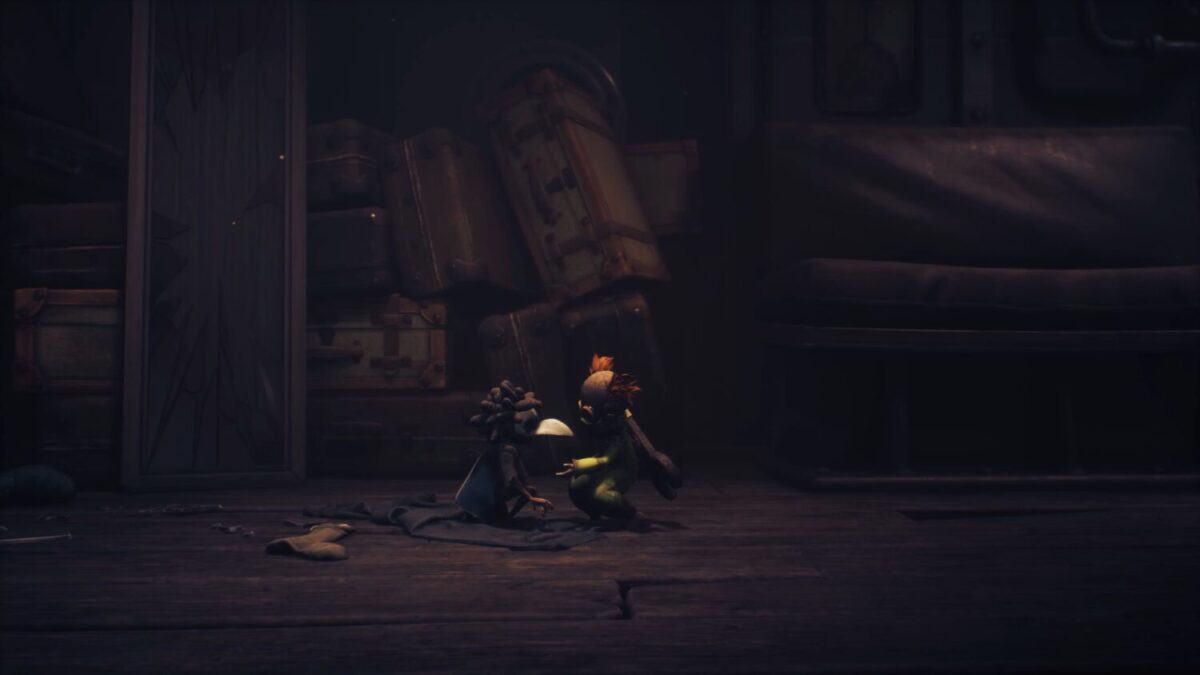
From the beginning, the team decided to build the title from the ground up as a co-op experience.
“[Having online co-op] was the most important feature to consider when we made the game,” Feniello described, “after all, it was the most requested feature from our community, and thus is the game’s biggest change.”
To make full use of the added co-op feature, the team introduced a new system to the core gameplay loop – the inclusion of character-specific tools. The game’s two protagonists each have their own unique item, a wrench for Alone and a bow for Low, with players needing them to strategically assist one another during environmental puzzles. Alone can use her wrench to unscrew objects or activate turnable switches, for example, while Low can shoot down hanging objects to clear a path forward.
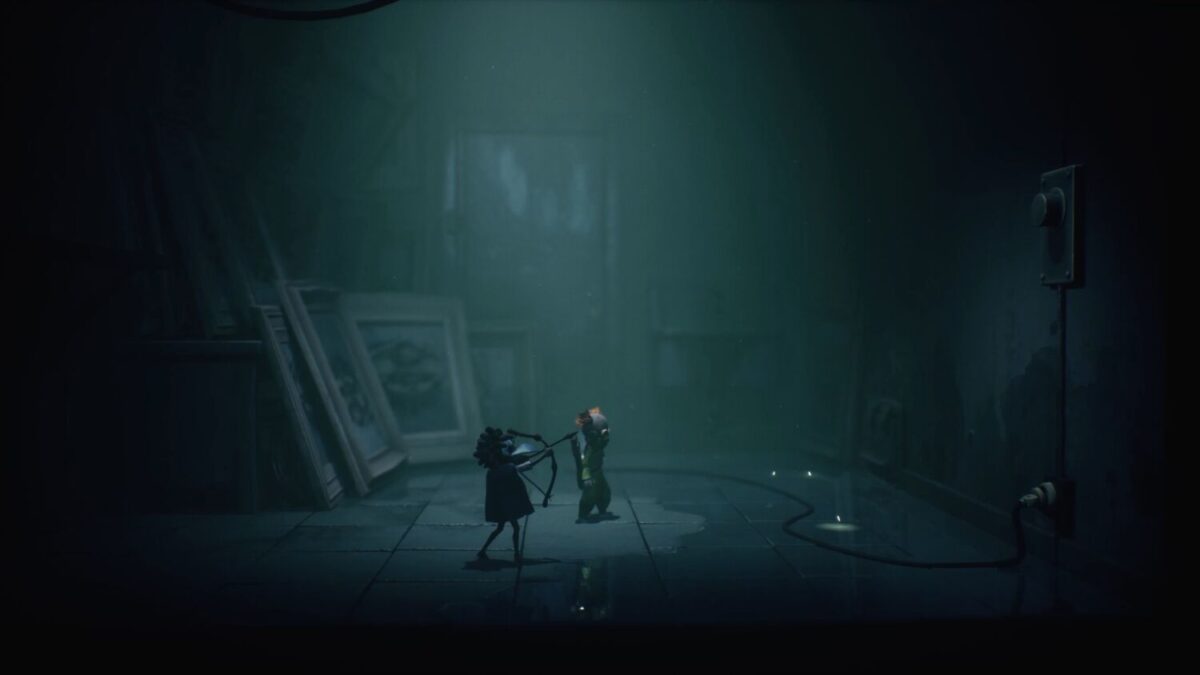
These items aren’t true “weapons” per se, as Feniello was quick to point out, and players thus shouldn’t expect to breeze through levels like this was an action game. “While the items are useful to defend players against small enemies, they still may not be able to do anything against the big monsters,” she clarified.
“And that’s why we say items. We don’t refer to them as weapons, as although it’s important to feel like these additions are useful, we need to ensure that players still feel as though they are sufficiently vulnerable in the environment.”
Having a constant co-op is all well and good, but what about players who wish to undertake the adventure alone? To this end, the team made great strides to ensure that an AI-controlled teammate would be an adequate substitute for solo players.
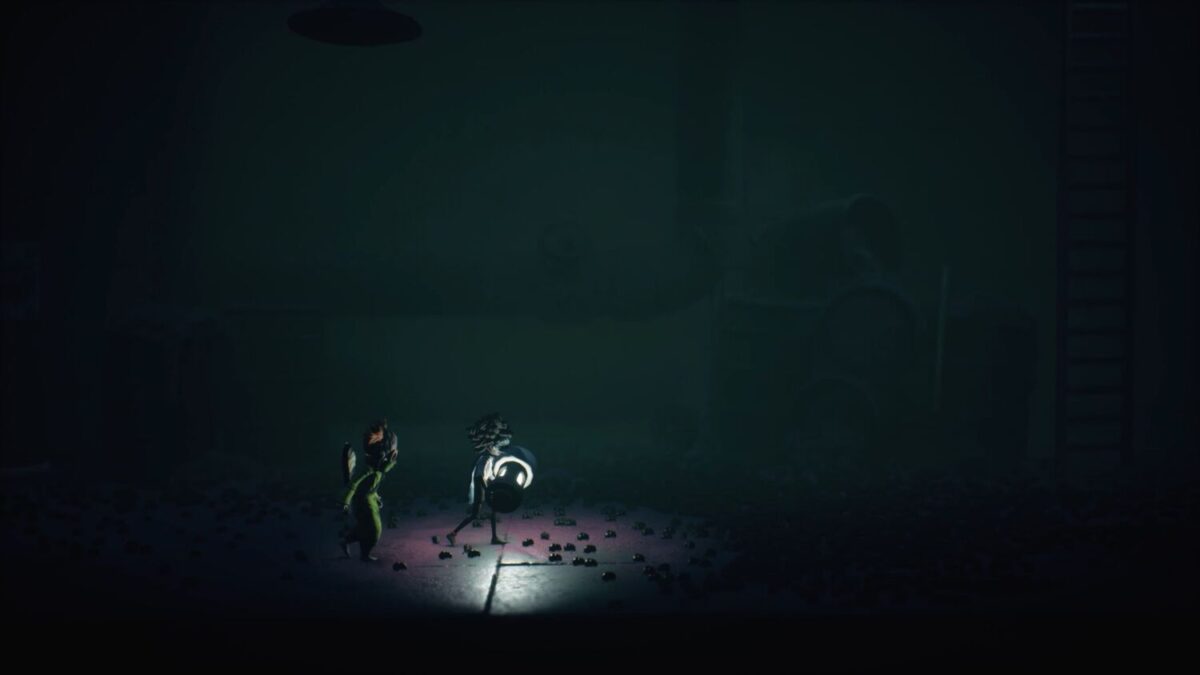
When not being controlled by another player, the companion character automatically follows the player’s actions, adapting on the fly to assist with interactions that require both characters, a feature already implemented in the second game of the series. Furthermore, the AI character occasionally provides hints when players get stuck on a puzzle, a useful feature for newcomers who are not used to these kinds of games.
This might end up being a double-edged sword though, as during our play-through, we did encounter instances where the AI-controlled character would automatically solve some puzzles for us, which did detract from that sense of achievement gained from figuring out a solution to a problem ourselves. Thankfully, Feniello and the team are well aware of this, and are actively taking steps to balance the AI’s assistance.
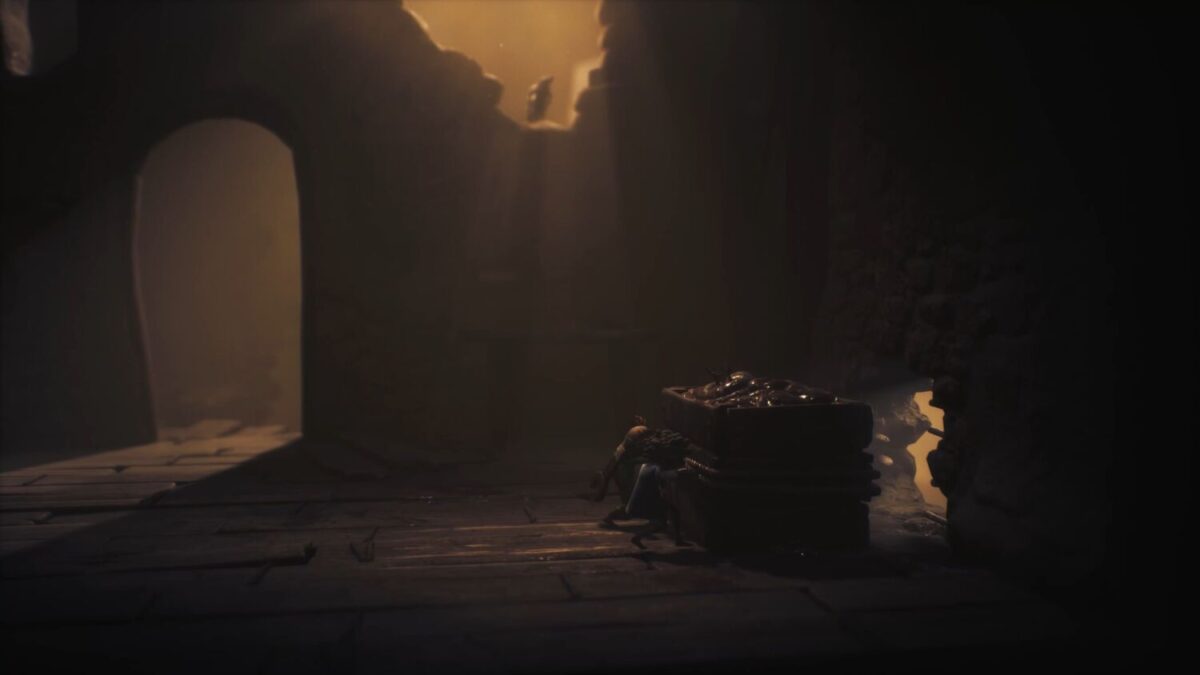
“We are working hard to make sure that the AI is balanced and that you don’t have too many cases where the AI is solving the problem and making sure that when that happens, it doesn’t feel unfair,” she explained.
“Yes, there will be a case when this does happen, but most of the time you will need to manually call the AI to come and help you, making sure that you fully understand the puzzle before letting the AI offer assistance.”
“The team is also working on a key point system, similar to something used in Little Nightmares II, where upon getting close to a specific point where the AI was needed to progress, only then will the AI be activated to automatically do the action. This way, the AI will not be able to activate the path forward if the player is on the other side of the room, or in a different area altogether,” she added.
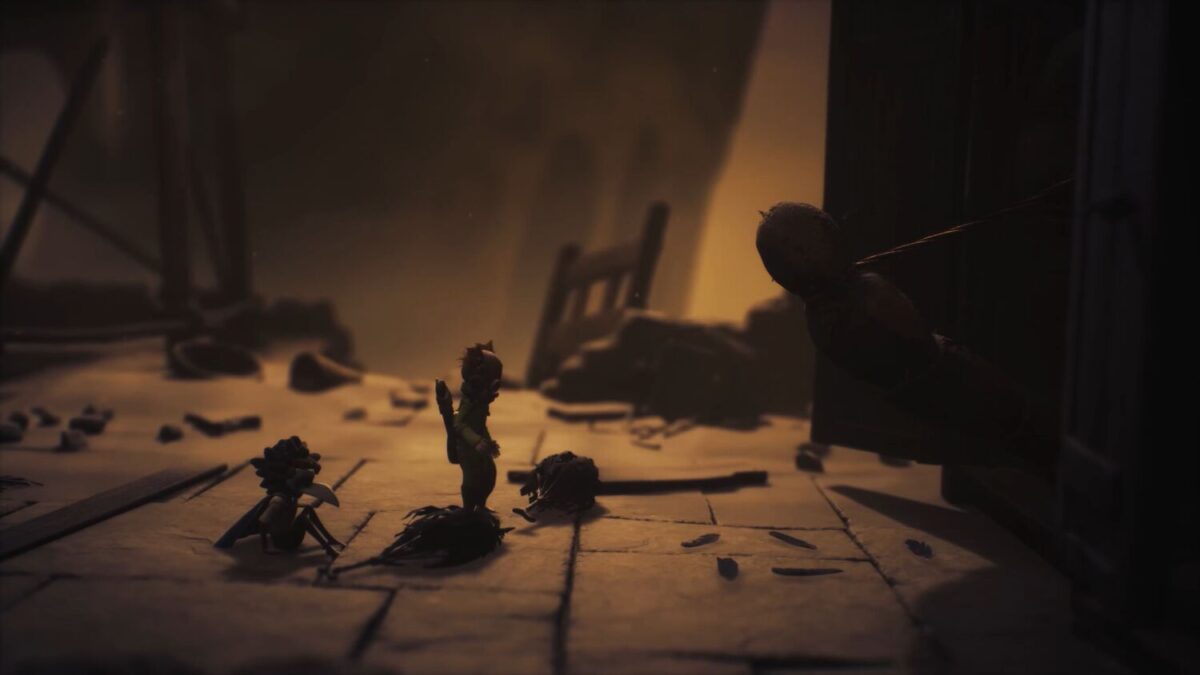
The Little Nightmares series has been well-known for providing a scary atmosphere, along with the constant feeling of vulnerability, and since players will now be accompanied by a companion, an apt question emerges on whether the title can still maintain the same fear factor as its predecessors.
Even with the inclusion of a companion, the team remains confident that players will not lose that feeling of dread, even while playing in co-op, for one simple reason: It doesn’t make a difference if there are two characters when both die in one hit, and from our experience, this was certainly the case.
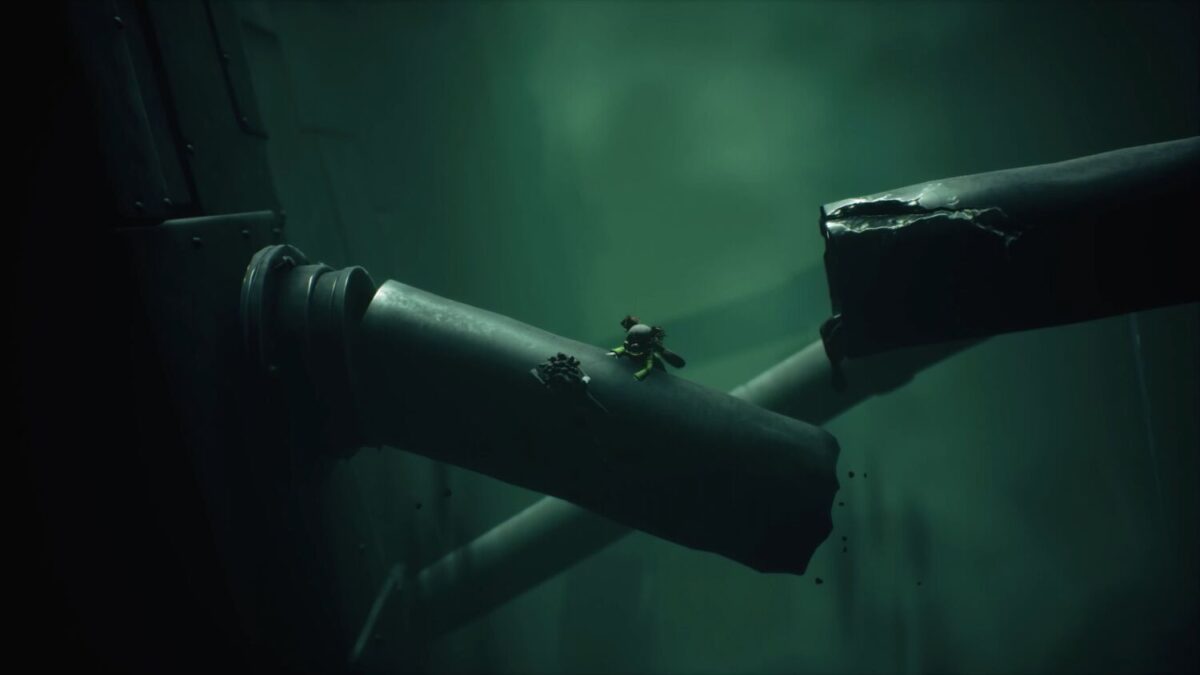
From the very first encounter with The Supervisor, the tension was immediately ramped up to eleven, from sneaking past silently while her back was turned to the eventual confrontation and chase sequence, it didn’t matter that an actual person was controlling the companion character, these sequences were still incredibly stressful and heart-pounding, and one character’s failure will cause both players to restart from a checkpoint, further exemplifying the need to work together under pressure.
Another way the team added to the game’s overall tension was in regards to the sound design, or specifically, the absence of sound, cleverly using the lack of sound during certain instances to induce the feeling of dreadful anticipation. For example, during one of the demo areas dubbed the Necropolis, players would be constantly stalked by the aforementioned Monster Baby, and in this case, the absence of sound ends up being more terrifying because once the sound effects stop, players would be left with no indication as to were their foe is lurking, adding to the lingering feeling of tension.
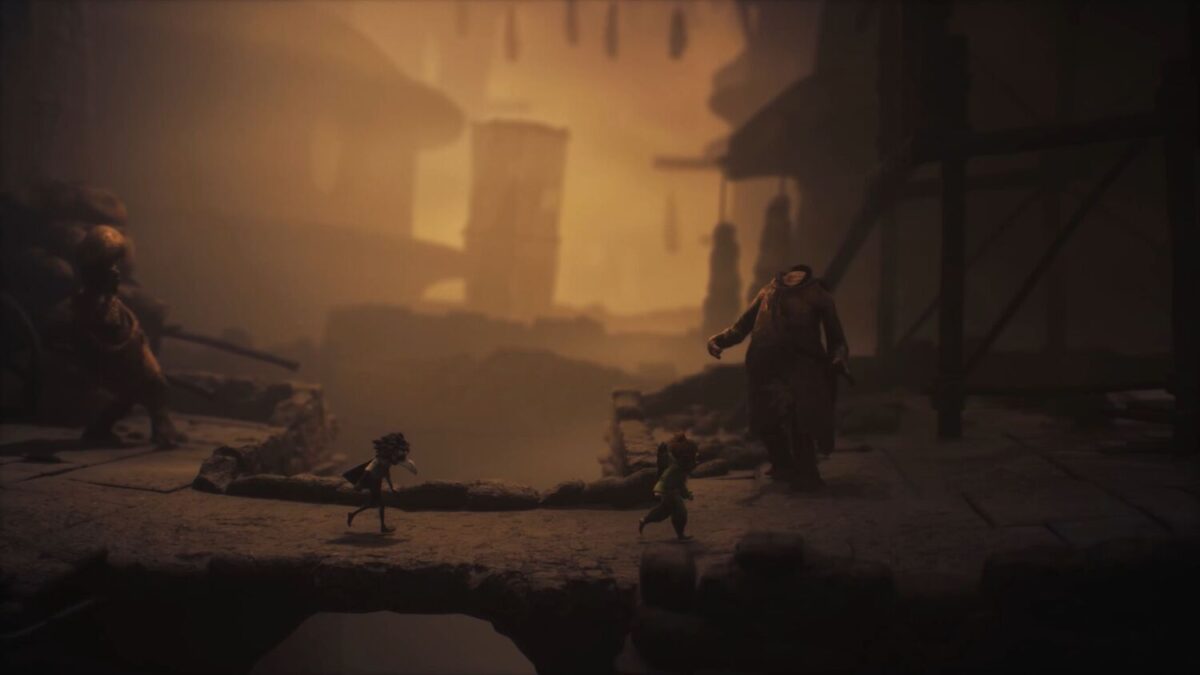
“By playing on the notions of sound, when players hear certain enemies and when they don’t, we make sure that we create and keep that tense feeling,” Feniello explains. “In fact, sound is so important that sometimes, when developing certain sections of the game, we work on the sounds first and foremost to make sure that we bring the tension to the right level.”
Although the preview sections only showcased a brief glimpse of the game and its mechanics, what’s on offer was enough to generate anticipation for more anxiety-inducing moments to come. The developers are currently pretty tight-lipped when it comes to revealing too much about the game’s events which, one can hope, is a good indication that the team is saving the best moments for the game’s full release.
Little Nightmares III is set for release sometime in 2025 for the PS5, PS4, Xbox Series X|S, Xbox One, Nintendo Switch and PC, and will feature a Friend Pass system, allowing players to experience the title with a friend, even if they do not own the game.

